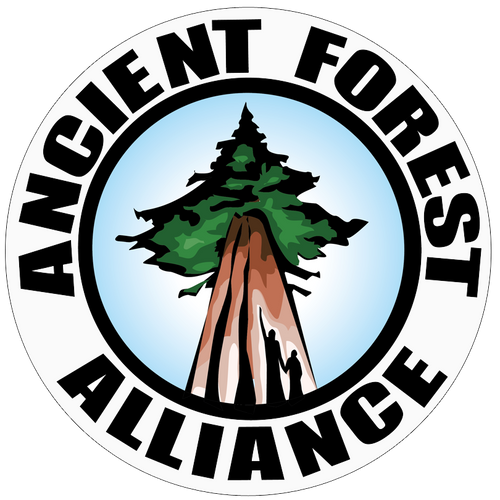
The Therapeutic Benefits of Wild Arnica: A Forager’s Guide to Harvesting and Using This Powerful Herb
Share
The Therapeutic Benefits of Wild Arnica: A Forager’s Guide to Harvesting and Using This Powerful Herb
Nestled in the alpine meadows and sun-dappled forests of British Columbia, wild arnica (Arnica montana and related species like Arnica chamissonis) is a golden treasure among foragers and herbalists. With its bright yellow, daisy-like flowers and deep-rooted medicinal history, this plant has been revered for centuries for its ability to soothe bruises, reduce inflammation, and ease muscle pain.
But before you rush out to harvest this potent herb, it’s essential to know how to do so sustainably—and how to use it safely. Arnica is powerful, and improper use can lead to irritation or toxicity. In this article, we’ll explore:
- How to identify and sustainably harvest wild arnica
- The best ways to prepare it (tea, powder, infused oil, or cooked foods?)
- Which part of the plant to use (flower, leaf, root, or whole plant?)
Let’s dive in!
Identifying and Harvesting Wild Arnica in British Columbia
Arnica thrives in open, sunny areas—think mountain meadows, forest clearings, and subalpine zones. In BC, you’ll often find:
- Heart-leaved arnica (Arnica cordifolia) – Common in moist forests, with heart-shaped leaves.
- Broad-leaved arnica (Arnica latifolia) – Found at higher elevations, with wide, toothed leaves.
- Meadow arnica (Arnica chamissonis) – Prefers wet meadows and streambanks.
Sustainable Harvesting Tips:
- Only pick from abundant patches, leaving at least ⅔ of the plants undisturbed.
- Harvest flowers at peak bloom (mid-summer) for the highest potency.
- Dry flowers quickly in a dark, well-ventilated space to preserve active compounds.
- Avoid overharvesting roots—they take years to regrow.
Warning: Arnica is toxic if ingested in large amounts. Never consume it raw!
How to Use Arnica: Tea, Powder, Oil, or Food?
Spoiler Alert: ARNICA IS NOT SAFE FOR INTERNAL CONSUMPTION.
Arnica’s benefits come from its anti-inflammatory and analgesic compounds, such as helenalin. But how you prepare it matters—some methods are safer and more effective than others.
1. Arnica Tea (External Use Only!)
While some herbal traditions use diluted arnica tea internally, this is risky due to its toxicity. Instead, use it as:
- A compress for bruises or sprains (steep 1 tsp dried flowers in hot water, cool, and apply with a cloth).
- A mouthwash (spit out!) for gum inflammation (highly diluted).
2. Arnica-Infused Oil (Best for Topical Use)
The safest and most popular method:
- Fill a jar with dried arnica flowers.
- Cover with olive or coconut oil.
- Let sit in a warm place for 4-6 weeks, then strain.
- Use for muscle aches, bruises, or joint pain (avoid broken skin).
3. Arnica Powder (For Salves & Poultices)
- Grind dried flowers into a fine powder.
- Mix with beeswax and oil to make a healing salve.
- Combine with clay and water for a poultice (apply briefly, then rinse).
4. Cooking with Arnica? (Not Recommended)
Unlike other edible herbs, arnica should never be eaten unless professionally prepared in homeopathic doses. Stick to external applications!
Which Part of the Plant is Best?
- Flowers: Most commonly used, rich in active compounds.
- Leaves: Less potent but sometimes used in oils.
- Roots: Stronger but harder to harvest sustainably—best left alone in the wild.
Final Thoughts: A Forager’s Golden Remedy
Wild arnica is a powerful ally for pain relief and healing—but it demands respect. As foragers in BC, we must harvest mindfully and use it safely. Whether infused in oil for sore muscles or brewed into a soothing compress, this mountain gem offers natural relief when used correctly.
Have you worked with wild arnica before? Share your experiences in the comments!
Happy foraging, and stay safe out there. 🌿

